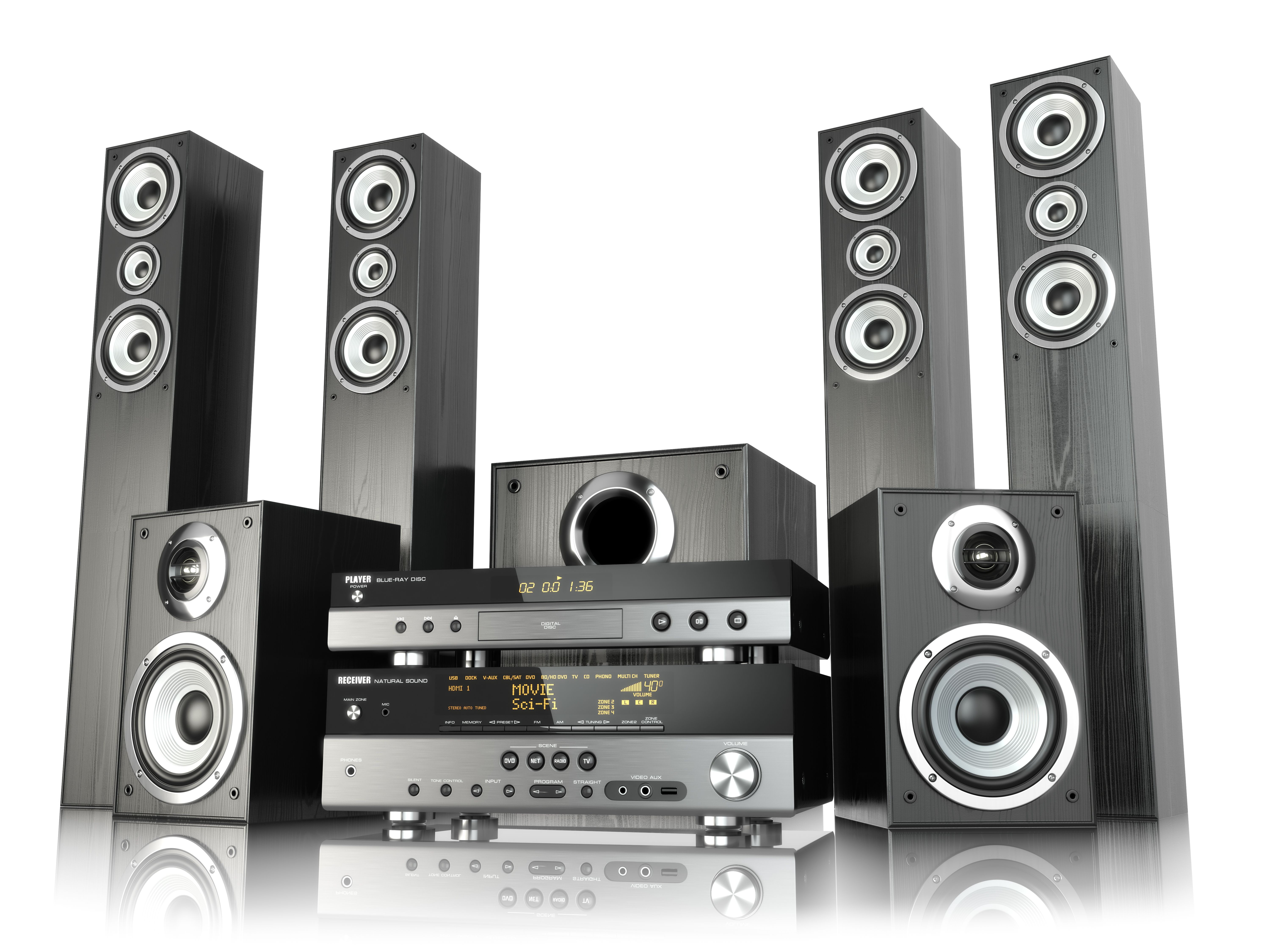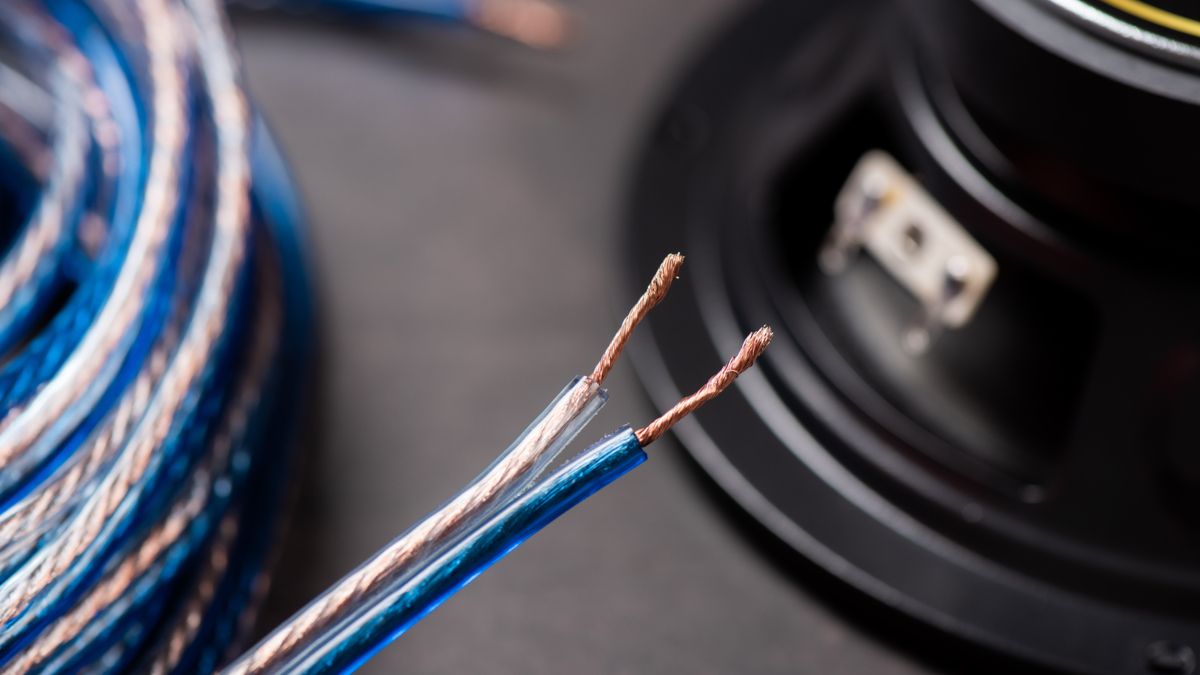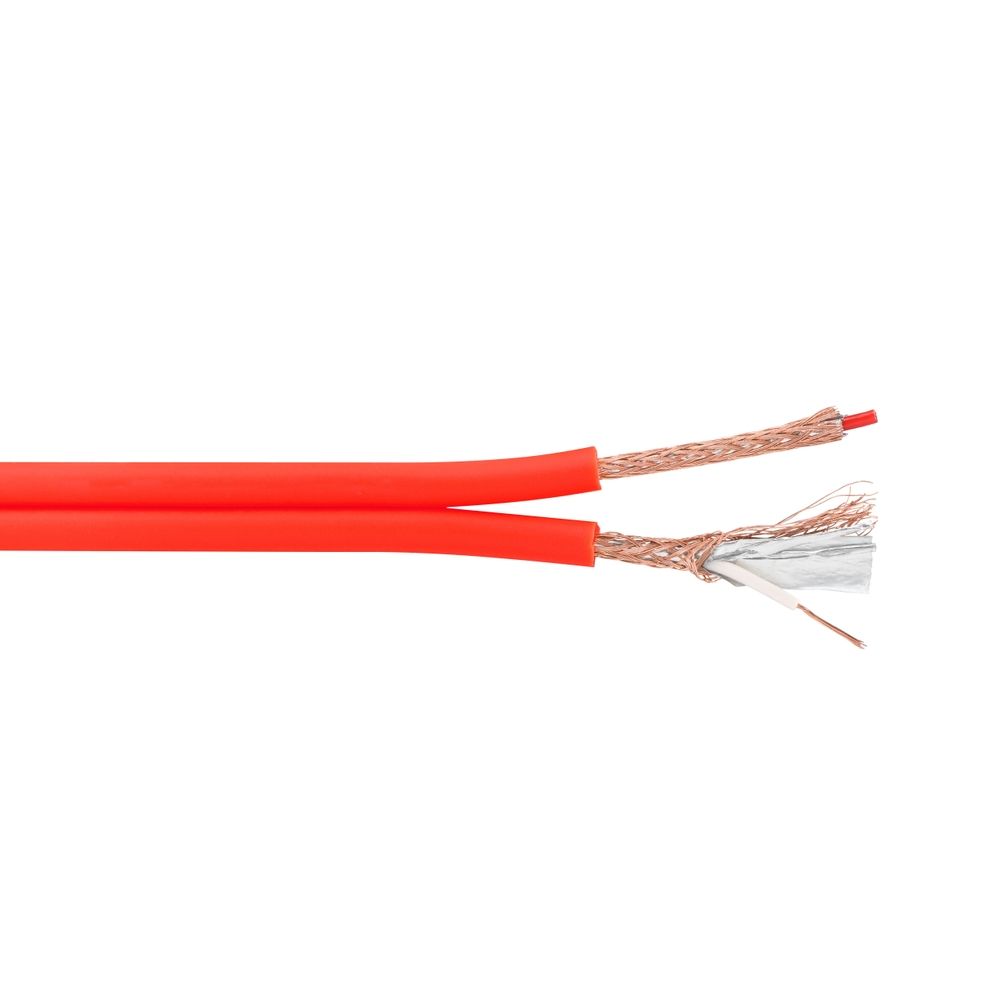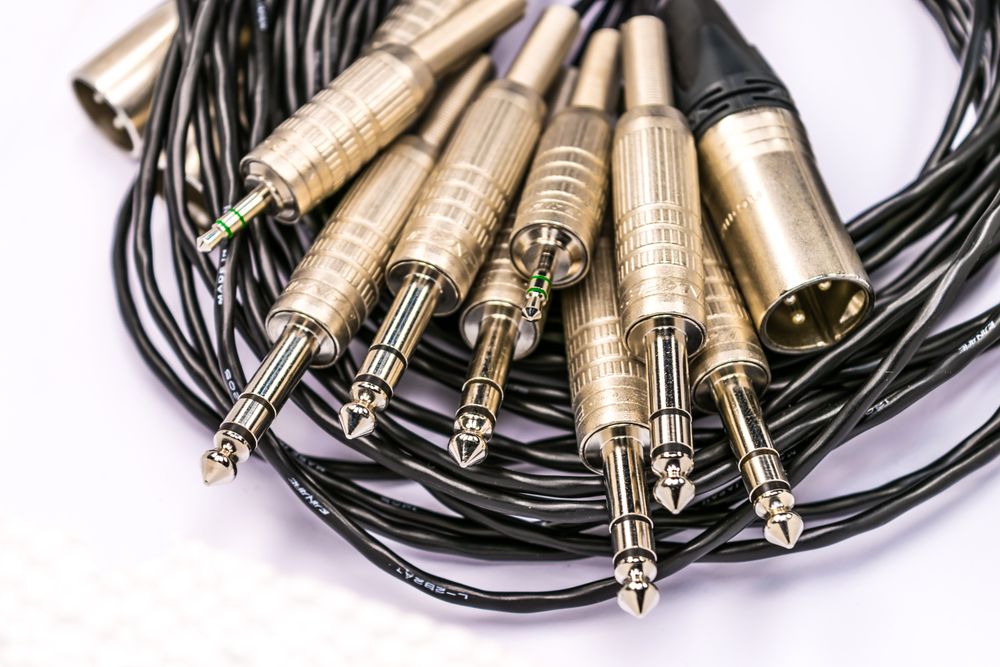Summary
- Pricey audio cables don’t enhance sound quality—expectation bias can make you think they do.
- In blind tests, people can’t differentiate between expensive and budget audio cables.
- Invest in gear that matters instead of boutique cables: speakers, room acoustics, good sound sources.
I’ve scoured several audiophile-concentrated subreddits, and I usually don’t have to look far to find audiophiles who swear that expensive audio cables make all the difference. The argument is always the same: pricier cables mean better sound. But does that really hold up in practice?
Expensive Audio Cables Do Not Improve Sound Quality in Any Meaningful Way
If I handed you two identical glasses of water but told you one came from an expensive glacier and the other from your kitchen tap, you might think you taste a difference. That’s the power of expectation bias. But if I blindfolded you and had you taste them without any hints, chances are you’d have no idea which was which. The same psychological trick applies to audio cables—if you expect a pricier cable to sound better, your brain might convince you it does.
This isn’t just a guess. In double-blind tests like the video below—where neither the listener nor the person running the test knows which cable is in use—people fail to tell them apart. When stripped of visual and price cues, you are likely to guess at about the same rate as flipping a coin.
The difference in sound quality between a well-made budget audio cable and a high-end, gold-plated, oxygen-free, unicorn-approved cable is, at most, a fraction of a percent. And even that difference is often theoretical, probably measurable only with high-precision lab equipment—not your ears. Audio cables are just conductors—they carry an electrical signal from point A to point B. And as long as the cable is of sufficient gauge (which I’ll expand on further) to handle the signal without introducing resistance, capacitance, or interference and is properly shielded, it’s doing its job.
Save Your Money for Things That Actually Matter
If you truly want better sound, forget the boutique cables. Instead, invest in sound gear that actually makes a difference. First, upgrade your speakers or AV receiver, which is hands down the biggest improvement you can make. A solid pair of speakers hooked to an equally solid receiver will have a far greater impact on sound quality than any million-dollar cable ever could.
If you’ve nailed that, proceed to assess and work on your room acoustics. Even the best and most expensive speakers and audio cables will sound terrible in an echoey, cluttered space. Small changes like adjusting speaker placement, soundproofing, or even carrying out regular maintenance of your sound system can drastically improve your experience. Audiophiles obsess over these things for a reason, and that is because they work.
You might also want to focus on better audio sources. No amount of fancy cabling will save a poorly mixed, low-bitrate MP3. A high-quality, lossless file (or a well-mastered vinyl) will always sound superior, even through basic cables.
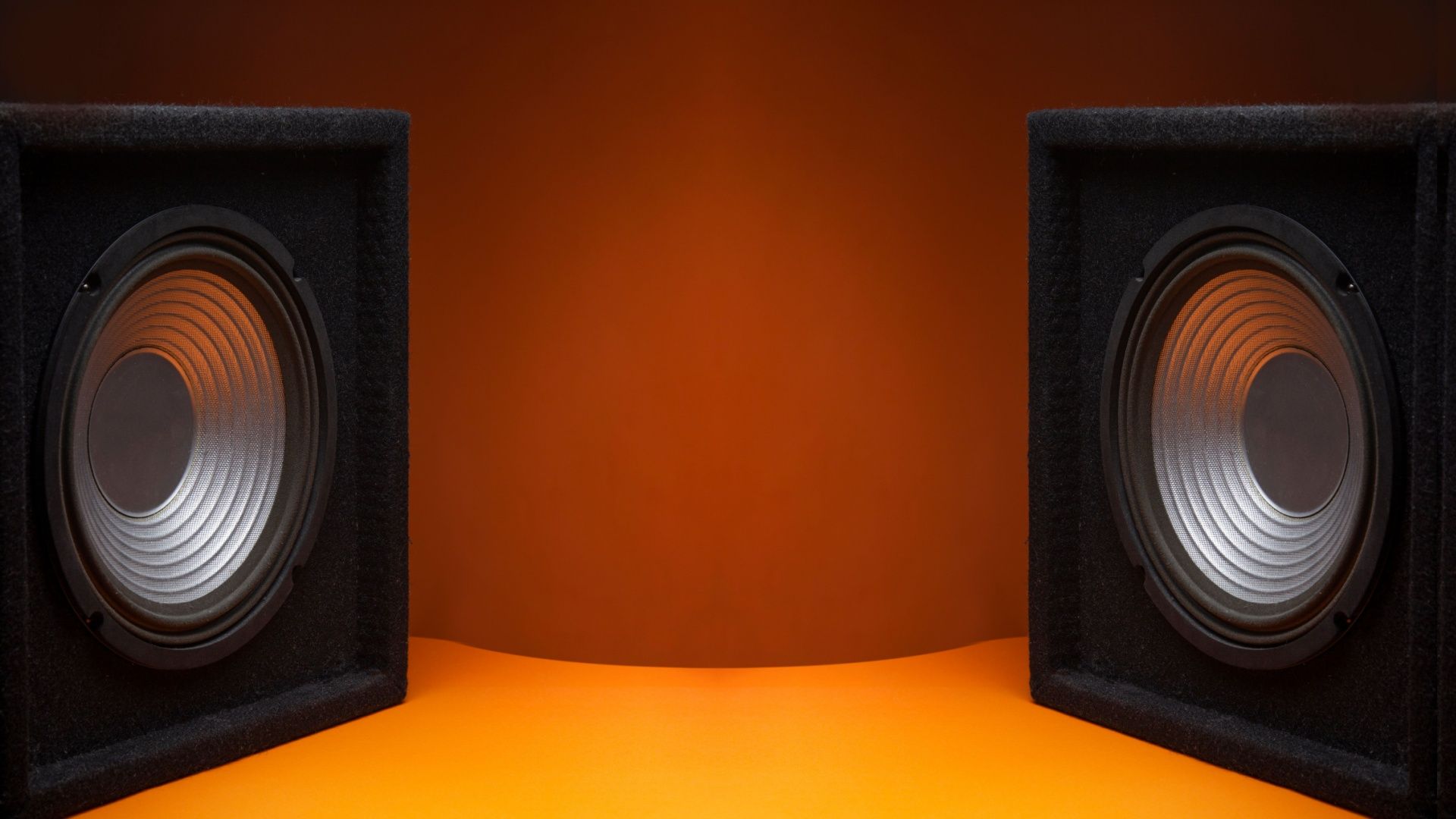
Related
How Room Acoustics Impact Home Theater Sound (and What You Can Do About It)
Your movies will sound better in no time.
What Matters Most in Speaker Cables?
The most important technical factor in speaker cables is the wire gauge, which is basically how thick the wire is. Thicker wires (lower gauge numbers) have less resistance, which means they can carry the signal more efficiently over long distances. Capacitance, which is the cable’s ability to store an electrical charge, can affect high-frequency performance. Lower capacitance is generally better as it allows high frequencies to pass through more easily. So, in practice, for short runs (under 25 feet), 16-gauge wire is perfectly fine for most home setups. Beyond that (over 25 feet), you might want to go with 14-gauge or even 12-gauge if you’re pushing a lot of power.
Most speaker cables are made of copper, and that’s exactly what you want. Copper is an excellent conductor, and unless you’re dealing with extremely long runs, the tiny differences between standard copper and fancy “oxygen-free” copper (OFC) are negligible. Some manufacturers try to push silver or exotic blends, but unless you’re a bat with superhuman hearing, you are unlikely to notice the difference.
Another factor to consider is length. The longer your cable, the more resistance it has, which can slightly degrade the signal. But if you’re using an appropriate gauge for the distance, this won’t be an issue for typical home setups as long as you don’t use a 50-foot cable when you only need 10 feet (especially for analog audio cables). Not only does extra length add unnecessary resistance, but it also turns your living room into a snake pit of tangled wires.
Now, connectors. Bare wire? Banana plugs? Spades? It’s mostly personal preference. Bare wire works fine, but banana plugs make setup easier, especially if you move your speakers often.
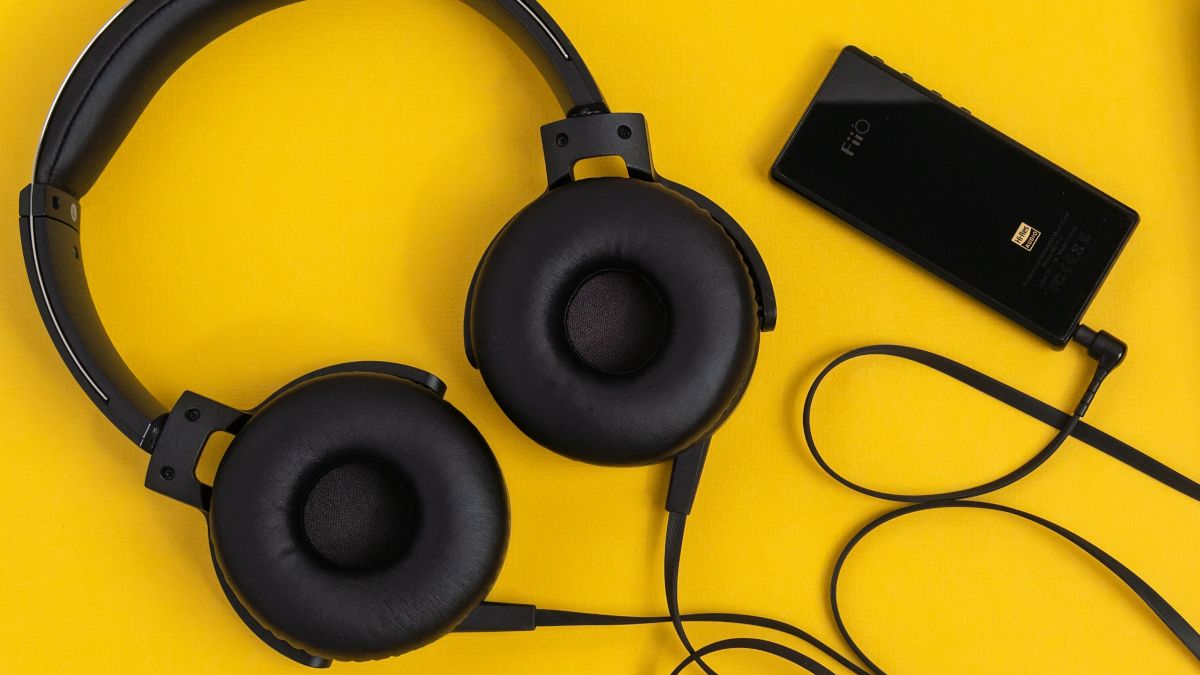
Related
Lossless audio is all the rage right now, but what does “lossless” mean and can you really hear the difference?
How to Choose Reliable Cheap Audio Cables
Over the years, I’ve owned plenty of cheap audio cables that have lasted for years without a hitch. The trick is knowing what to look for and what to avoid.
Look for Shielding and Build Quality
Shielding is more applicable to analog audio cables (like RCA, XLR, and instrument or microphone cables), as they protect your audio signal from interference (that annoying buzzing or hum you sometimes hear). A decent cable (again, analog audio ones) should have some level of shielding, usually a braided or foil wrap around the internal wiring. If a product listing or package doesn’t mention shielding, that’s a red flag. Speaker cables and digital cables like HDMI and optical are usually unshielded because they carry strong signals that are already amplified.
I would add here that shielding can be important in some installations where there’s significant electromagnetic interference. However, for typical home speaker cables (as opposed to line-level interconnects), this is usually not a critical factor, since speaker-level signals are much less susceptible to interference.
Another quick test you can run is the bend test (of course, this only applies if you are buying in a physical store). If the cable feels flimsy or kinks easily, it probably won’t last. I prefer cables with a bit of thickness and flexibility. If they are too stiff and a pain to manage or too flimsy, they’ll likely break at the connector.
2. Buy Good Connectors (Gold-Plated Is Overrated but Useful)
Gold-plated connectors get a lot of attention because they resist corrosion better than nickel ones. Still, I don’t go out of my way to pay extra for them if I buy a cable that comes with a pair already connected at both ends—it’s more of a nice-to-have. What’s more important is how the connectors are attached. If you see molding that looks cheap or unfinished, that’s a bad sign. I always give the connectors a gentle tug—if they feel like they’ll snap off with a little pressure, I pass.
I also always like to see strain reliefs at the ends of cables. This is the little rubber, plastic, or springy reinforcement where the cable meets the connector. Without it, repeated unplugging would wear out the connection fast.
Read Real Reviews, Not Just Ratings
Amazon and other online stores are a goldmine for cable deals, but I never trust ratings alone. I scroll through reviews, especially the 3 or 4-star ones because they tend to be the most honest. If multiple people mention the same issue—like weak connectors or cables breaking after a month—it’s usually not a coincidence. On the flip side, I always love to see stuff like, “I’ve had this for years, and it still works great.” I also ignore over-the-top claims like “This cheap cable made my speakers sound 10x better!” Because I’m sure it didn’t.
If you are looking for some guidance on which brands offer perfectly good cables without the audiophile markup, you can check products from Monoprice, Mogami, Amazon Basics, Monster, Seismic Audio, Blue Jeans, GLS, KnuKonceptz, and KabelDirekt. They have good track records for selling no-nonsense, reliable cables in my experience.
In your search for good cheap cables, you’ll come across a lot of manufacturers slapping fancy terms on their packaging—”diamond-infused conductors,” “audiophile-grade shielding,” “quantum-enhanced signal purity” (okay, I made that last one up, but you get the idea). Most of it is just marketing fluff designed to justify a higher price.


